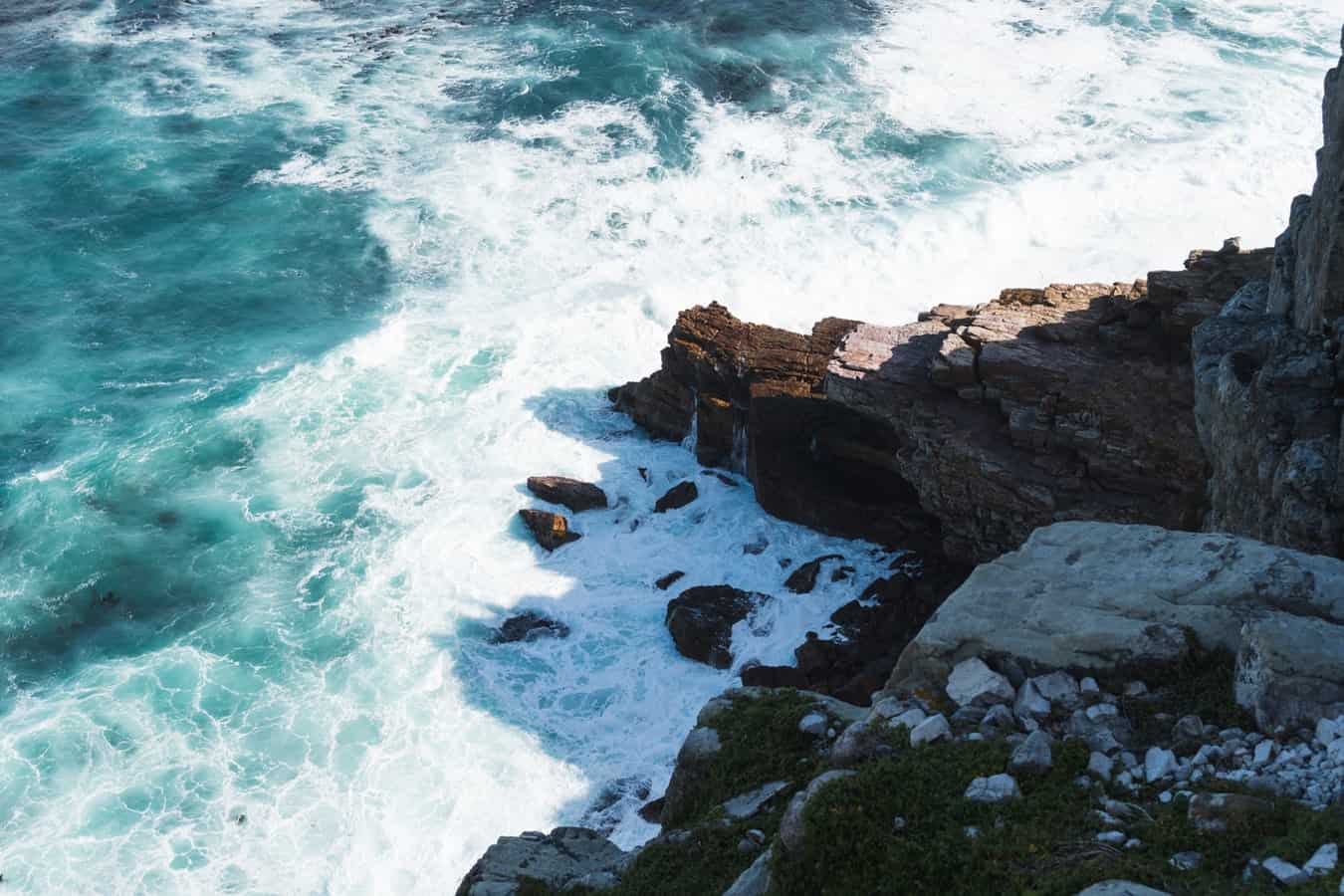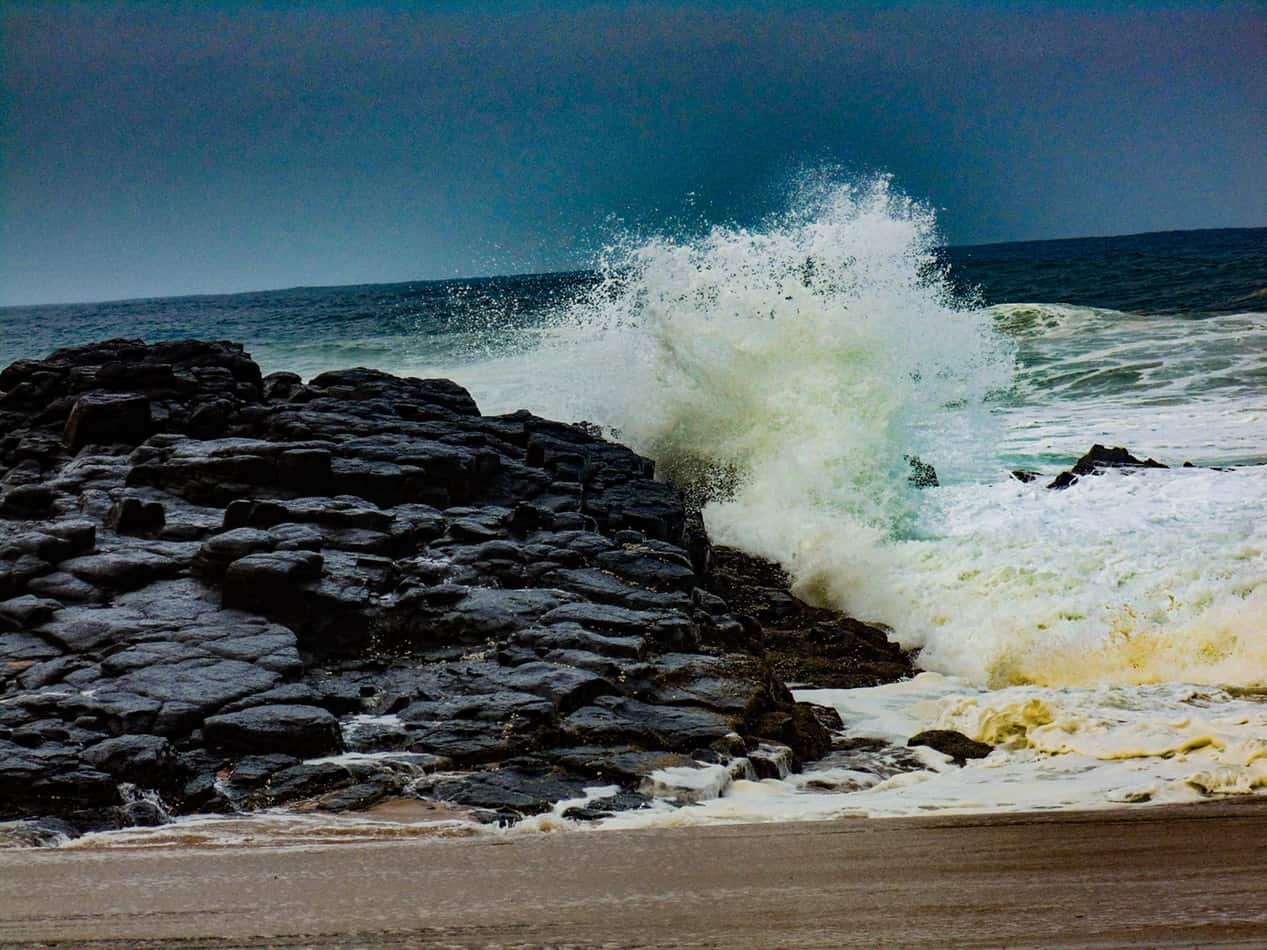When it comes to surfing at high tide, there are many things to consider. As someone who has surfed in a number of different places, deciding on a high or low tide is an essential choice.
So is it better to surf at high tide? The short answer is no. The majority of surf spots won’t be ideal under high tide conditions because the waves are more likely to be flat and mushy.
What Does High Tide Means For Waves?
During high tide it’s more likely that the waves will deliver powerful closeouts and flat waves. A big part of this is the swell to tide ratio. If the swell is too small and the tide is too high, the waves may not even break until they reach the beach itself. Even if the waves don’t break on the beach they will likely break on themselves.
However, every surf spot is different and though high tide is generally not preferable but there are instances where it is.
What Does Low Tide Means for Waves?
High tide is generally worse for surfing but that doesn’t that mean low tide is automatically better. In fact, extremely low tides are just as bad, if not worse. It is recommended that beginners start on a low tide beach break because waves tend to be smaller, more manageable and more forgiving when you wipe out. As a fellow surfer once told me “If you ain’t falling, you ain’t learning!”
The general rule of surfing is you want to surf between the extremes of either tides. This means that you don’t want to surf when the tide is too high or too low. Tide preference depends on a number of factors including the kind of break.
What Are The Different Kinds of Break?
The ideal tide for surfing also depends on the how the waves break at each surf spot. The three kinds of break that surfers need to know are reef break, beach break and point break (No, not the Keanu Reeves movie). Each surf spot hosts a different kind of break and has a different tide for ideal surfing.
What Is A Reef Break?
A reef break is a wave that breaks over a projection from the seabed formed from coral reef or rock shelf. It will host better surfing conditions at medium to high tide. This is due to the unique wave sizes caused by the reef or shelf but also for safety.
The majority of reef breaks should only be surfed at high tide due to exposed sharp coral or rocks at low tide. For this reason reef breaks are mainly for experienced surfers as they are somewhat famous for injuries from wipeouts.
Well known reef breaks include Pipeline in Hawaii, Uluwatu in Bali, and the infamous Teahupo’o off the coast of Tahiti.
What Is A Point Break?
A point break is a wave that breaks onto a rocky point. With the right conditions at play, point breaks are known for creating long waves to ride as the wave wraps around a point then runs along the coastline. Point breaks can have rock, coral, or sandy bottoms.

Most surfers would consider a point break the perfect wave due to the longer time riding the wave. If you’ve ever looked out into the ocean and seen multiple surfers on the same wave, it was likely a point break! This is due to the length of the individual waves, which allow surfers to ride long waves without fear of injuring each other.
Point break waves can sometimes be difficult to get onto which is why only experienced surfers navigate them. Surfers must be cautious of surrounding rocks on the headland or point for fear of getting swept onto them. Point breaks can be very reliable in term of wave consistency granted the right conditions are at play.
Well known point break locations include Puerto Escondido in Mexico, Jeffreys Bay in South Africa, Noosa in Queensland, Australia, and Rincon in California.
What Is A Beach Break?
A beach break is a surf-able wave that breaks onto a beach. It is also the most common type of wave surfers encounter. The wave is created by the shallow bottom covered in sand or by the wave forming against the shoreline.
This type of break is ideal for beginner surfers because you don’t have to paddle for miles to get beyond the break. Beach break waves do not always break as softly as point break waves or reef waves but wiping out on a beach break tends to be a lot more forgiving.
For beach breaks a low to medium tide is preferable for catching the best waves. Though it is worth mentioning that every surf spot has its own particular schedule with many other factors at play, like onshore wind, offshore wind and swell.
What Is Your Personal Beach Break Guide?
- Lowtide just receding from land or ebbing – small waves that you can’t surf
- Lowtide just coming in – really great fun waves
- Lowtide an hour after turning – low wave potential
- Mid tide poor swell – No waves, go home!
- Mid tide good swell – nice relaxed waves
- 3/4 high tide good swell – good, quality waves
- Very high very good swell – rare but provides tube waves for experienced surfers
But quality surfing will always depends on the wind, tide and swell. All of which can vary. Examples of well-known beach break surf spots include Huntington Beach, and Trestles Beach, both of which are in California and Bells Beach in Victoria, Australia.
So What Causes Waves?
So let’s get into the science of waves for a minute. Waves themselves are actually energy passing through the water, causing it to move in a circular motion. This is mainly caused by wind, and the waves themselves are commonly referred to as surface waves. The majority of waves you’ve ever seen are this type of wave. Surface waves are caused by wind blowing along the air-water interface, creating a disturbance that steadily builds as wind continues to blow and the wave crest rises.
What Are Onshore Winds?
There are two types of wind that every surfer must be made aware of. The first is onshore winds. Onshore winds refer to winds that blow from the ocean towards the shore. These types of winds are less than preferable for surfers because they cause a choppy and bumpy surface, which is significantly more difficult to surf on. On shore winds break up the swells causing the wave height to be smaller and not as smooth.
What Are Offshore Winds?
Offshore winds are the best kind of wind to have when surfing. Offshore winds blow from land into the water creating very smooth waves that typically take a barrel shape. The main function of these winds is to delay the breaking of waves. Offshore winds can be a problem when they’re blowing too hard. Surfers riding a wave can get blown back by the wind or sprayed with a large mist of water from the cresting wave making it extremely difficult to see when you drop in.
What Else Causes Waves?
The gravitational pull of the sun and moon on the earth also causes waves. These waves are tides or, in other words, tidal waves. It is a common misconception that a tidal wave is also a tsunami, they are simply waves caused my gravitational pull. It is possible and even preferable to surf without wind. This is a term known as glossy, where the waves are especially smooth due to lack of wind.
When Do Tides Happen and What’s A Surf Report?
Because the way the moon and earth rotate together, the times of the high and low tides will always be 51 minutes later than the day before. Surf reports are an extremely helpful resource that will give you estimates for the times and levels of both high and low tide each day. They will also tell you the range of height for waves an estimate how long swell periods will be. Though it is impossible to be one hundred percent accurate with these readings, the estimates should give you an informative guide of when and where to surf.


